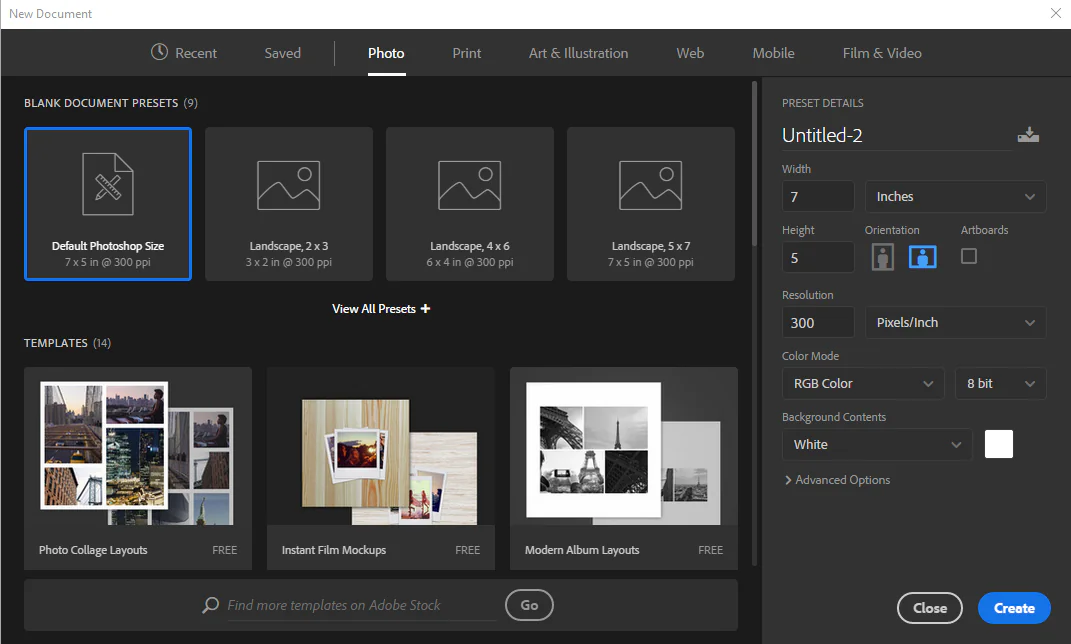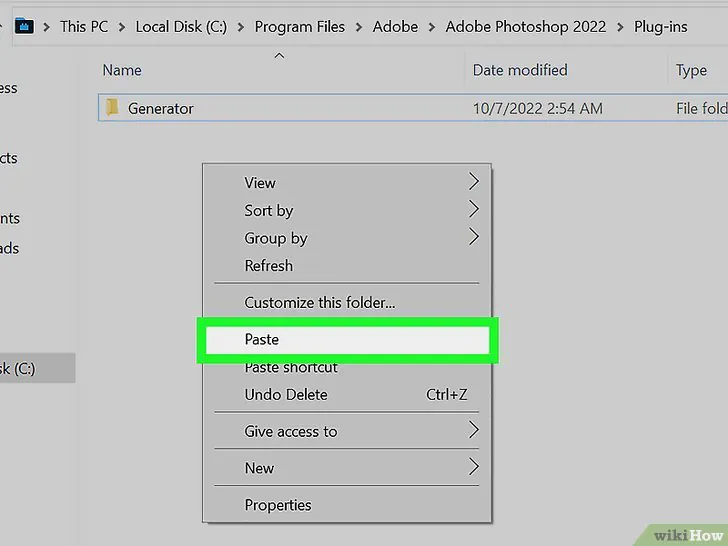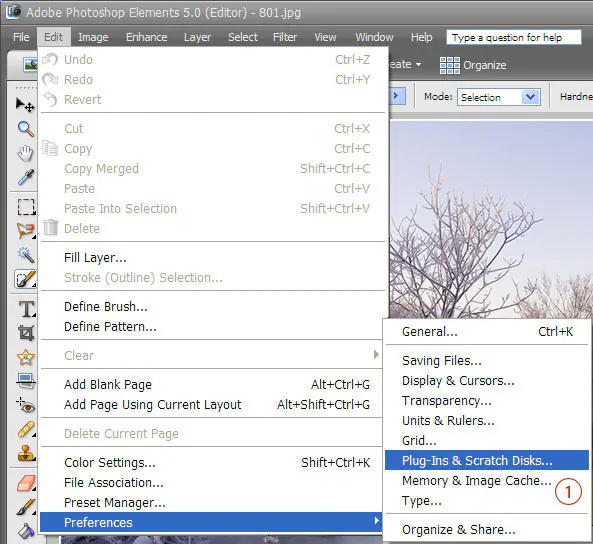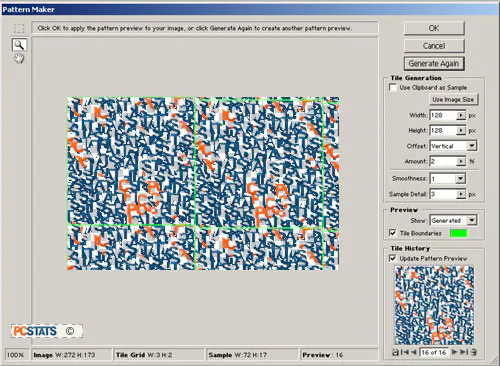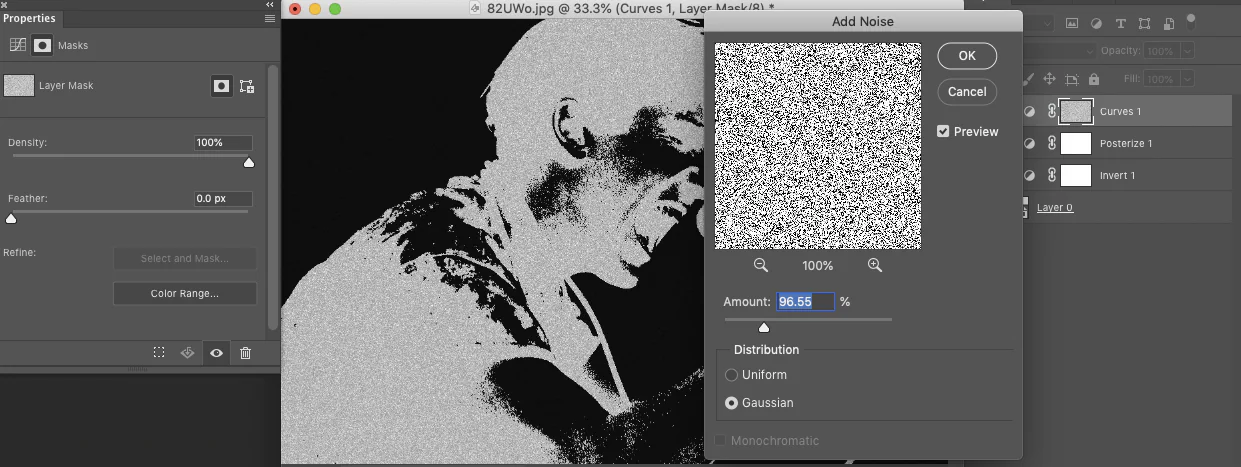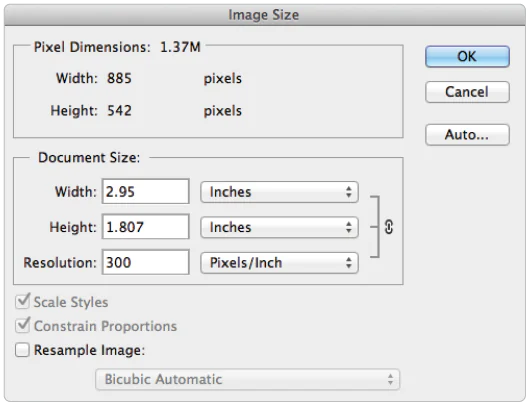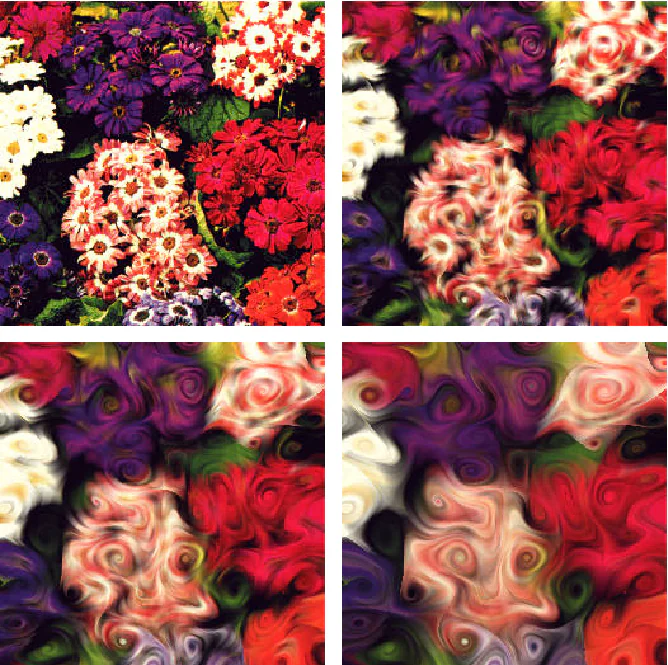
How To Apply The Line Integral Convolution To Images
Line Integral Convolution (LIC), a commonly utilized image manipulation and editing strategy, speaks explicitly to vector fields. LIC ameliorates the visual recognition of vector information by convolution of streamlines with noise, contrasting conventional strategies utilizing arrows or color mapping. This process includes synchronizing a streak line along the way of the vector field, collecting data, and producing a well-organized representation. For picture editing, LIC finds worthwhile applications in situations where expressing intricate vector designs is vital. By applying LIC, one can successfully highlight flow patterns, accentuate highlights, or give a more precise delineation of complex vector data inside a photo. The process results in a more natural and outwardly engaging representation of vector areas, upgrading the interpretability of scientific visualizations or progressing the thorough aesthetics in picture processing applications. The basic rule of LIC includes combining numerical integration with convolution, resulting in a direct, though practical approach for passing on complex vector information in image editing settings. Following are the eight essential steps of including the line integral convolution approach inside images:
Step 1: Open the image file
Run the Adobe Photoshop application on your PC and utilize the “File” menu at the top of the interface. Press on “File,” and from the dropdown menu, select “Open.” This activity will show a file explorer window.
Within the file explorer window, head to the area where your file is stored. Tap on the picture file you want to open and click the “Open” button within the file explorer window, and it’ll show up on the Photoshop canvas.
If required, utilize the zoom options or navigation choices to concentrate on particular zones of the image. That will accommodate detailed edits.
Step 2: Look for the LIC plugin
Search for a Line Integral Convolution (LIC) plugin that fits your Adobe Photoshop version. Seek reputable sources or official websites to guarantee the plugin is dependable and secure.
After recognizing an appropriate plugin, download the plugin file to your computer. The file is ordinarily in a compressed format like ZIP, so be sure to extract its contents to get to the installation files.
Confirm that the LIC plugin is consistent with your version of Adobe Photoshop. Allude to the plugin’s documentation or site for data on supported Photoshop adaptations.
Click on the installer file you extricated from the downloaded plugin. Then, follow the on-screen instructions given by the installer.
In the installation process, the installer may incite you to select the installation location for the plugin. Follow the default location or select a custom catalog as per your inclination.
Once the establishment is complete, you will get a confirmation message. Verify that the installation process is effective before moving on to the following step.
Step 3: Approach the plugin through Photoshop
Reopen Adobe Photoshop on your computer. If it’s already open, guarantee that the application is in action.
Depending on your altering needs, either open an existing project or make a new one.
Find the “Filter” menu containing different image processing and enhancement options.
Inside the “Filter” menu, look for the Line Integral Convolution (LIC) plugin you installed in the previous steps. The particular name or location of the plugin may vary, so consult the plugin’s documentation if needed.
A few plugins may show up in submenus or extra panels inside the “Filter” menu. Investigate these choices to find the LIC plugin you installed.
Once you’ve recognized the LIC plugin, press on it to get to its interface. That will open a new window or panel where you can alter various settings related to Line Integral Convolution.
A few plugins allow you to see the LIC effect before applying it to the image. Utilize this option to evaluate the impact of the settings and make advance adjustments if vital.
Step 4: Tune plugin settings
Access the Line Integral Convolution (LIC) plugin interface inside Adobe Photoshop by clicking the “Filter” menu and selecting the LIC plugin you introduced.
In the plugin interface, you’ll find a range of settings and parameters such as noise level, streak length, density, and possibly others, depending on the particular plugin.
Alter the noise level setting to control the level of arbitrariness or abnormality in the streak lines; higher noise levels for a more chaotic appearance and lower for smoother streaks.
Modify the streak length setting to decide how long the streaks or lines show up within the image.
Utilize the density setting to control how closely pressed the streak lines are. Higher thickness values produce a more concentrated appearance, whereas lower values make a more dispersed impact.
A few plugins may offer extra settings to execute Line Integral Convolution. Go through these alternatives to fine-tune the visual impacts following your tendencies.
Numerous plugins give a preview alternative to see the impact of the settings in real-time. Utilize this highlight to assess how changes in noise level, streak length, and density affect the general composition before applying the impact.
Once you’re done with the settings, apply the changes or press the “OK” button inside the plugin interface.
Step 5: Introduce LIC in your image
Before applying the Line Integral Convolution (LIC) effect, double-check that you are done with the designed settings inside the plugin interface. Check that the noise level, streak length, density, and any other pertinent parameters are balanced to your liking.
If your plugin gives a preview option, take advantage of it to see how the LIC impact will appear on the image before applying it.
Search for an option inside the plugin interface that triggers the Line Integral Convolution process. Counting on the plugin that may be labeled as “Apply,” “Generate,” or something comparable.
Once you start the LIC process, the plugin will apply the convolution to the image based on the designed settings.
After processing is over, audit the result on most Photoshop Canvas. Assess how the LIC effect has improved the visualization of vector fields, emphasizing flow designs or directional data.
Before making advance edits or moving on to extra handling, consider saving a duplicate of the picture with the applied LIC impact.
Depending on your workflow, you’ll proceed with extra editing steps inside Adobe Photoshop, like color adjustments, editing, or any other improvements that complement the LIC impact.
Step 6: Observe and set the effect
After applying the Line Integral Convolution (LIC) impact, carefully evaluate the beginning result on the Photoshop canvas. Look at how the vector field patterns are improved and whether the general visual effect is compatible with your targets.
Observe the image to recognize particular zones or aspects that will require advancement or alteration, like the clarity of flow patterns, the adjustment of streak lengths, or the overall cohesiveness of the LIC impact.
Return to the plugin interface within Adobe Photoshop to fine-tune the LIC effect. Tap on the plugin title within the “Filter” menu or get to any devoted panels where the settings are found.
Make the focus on alterations to the Line Integral Convolution (LIC) settings, like refining the noise level, tweaking streak lengths, modifying density, or investigating other parameters.
If your plugin underpins a preview function, utilize it to see the effect of the balanced settings before applying the changes to the whole image.
Once done with the alterations, apply the upgraded Line Integral Convolution impact to the image by clicking on the “Apply” or “OK” button of the plugin interface.
After connecting the refined LIC effect, audit the result on the main Photoshop Canvas.
Step 7: Finalize the LIC composition
During saving or exporting the image, carefully affirm the adjustment of your notion with the ultimate result, with the Line Integral Convolution (LIC) impact applied.
Tab at the “File” menu to get options for managing files, like saving or exporting.
If you need to protect the image in Adobe Photoshop’s native format (PSD) to hold layers and editability, select “Save” or “Save As.”
Indicate a file title and select the destination on your computer where you need to save the picture.
If you also need to save or export a form in a distinctive file format like JPEG or PNG, choose the suitable format within the file save/export dialog
Press the “Save” or “Export” button to finalize the process.
Once the saving or exporting process is over, confirm that the Line Integral Convolution effect photo is saved within the indicated location.
Utilize the cropping tool or explore “Image” to alter dimensions, keeping up LIC impact keenness.
Try filters complementing LIC, and audit the layered stack for simple alteration if saved in PSD format. Once fulfilled, save or export, protecting the capacity for future adjustments in PSD format.
Conclusion
In summary, line integral convolution (LIC) effects on the image exhibit progressed clarity and accentuation on flow patterns, making complex vector data more understandable. Whether utilized for data examination or inventive purposes, the impacts of line integral convolutions are always more instructive and compelling depictions of vector fields in images. The technique is advantageous for dealing with scientific illustrations, fluid elements, or applications like complex vector information. The coming-about compositions display a polished presentation of directional data, with streamlines showing up as more articulated and orderly. LIC can also be utilized to highlight particular highlights inside a photograph, making it a beneficial tool for revamping both scientific and creative visuals.



